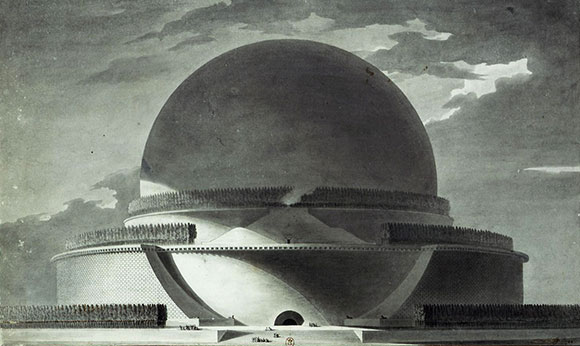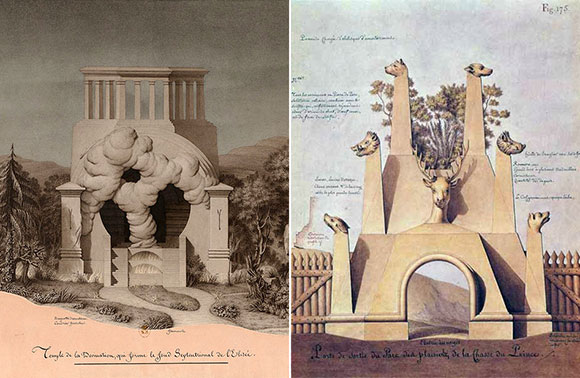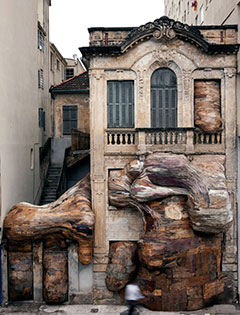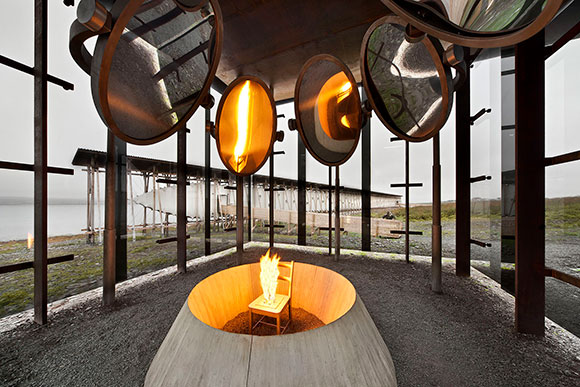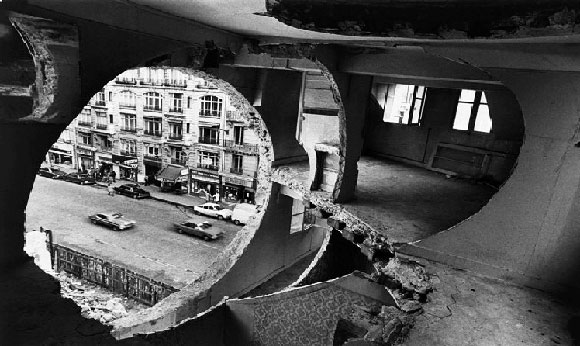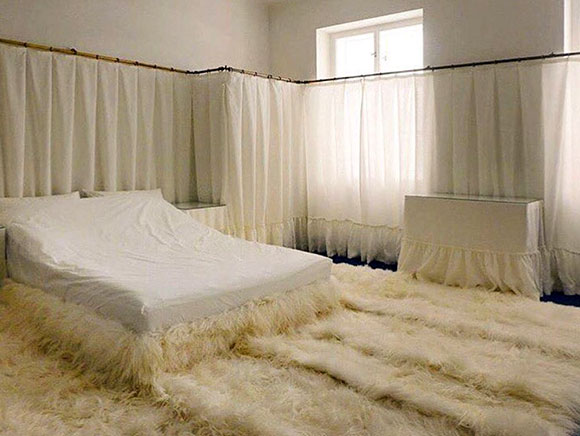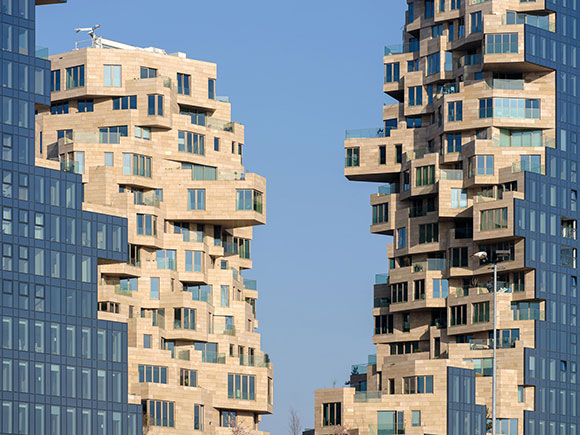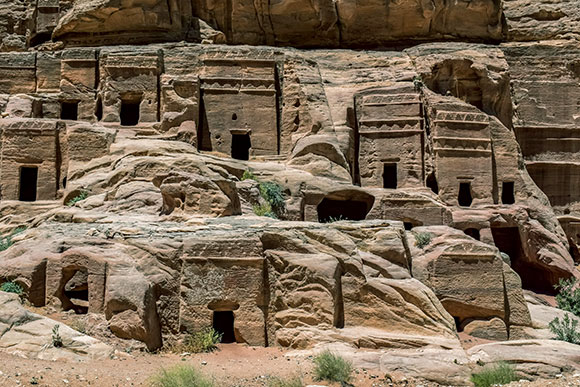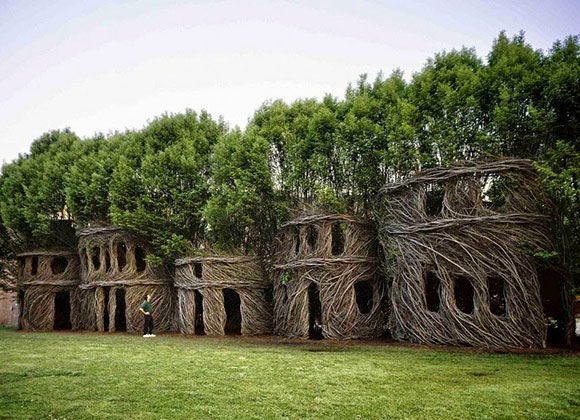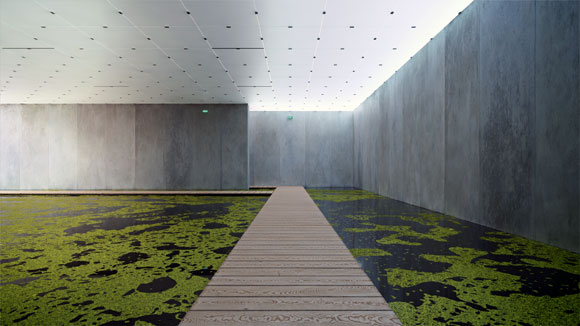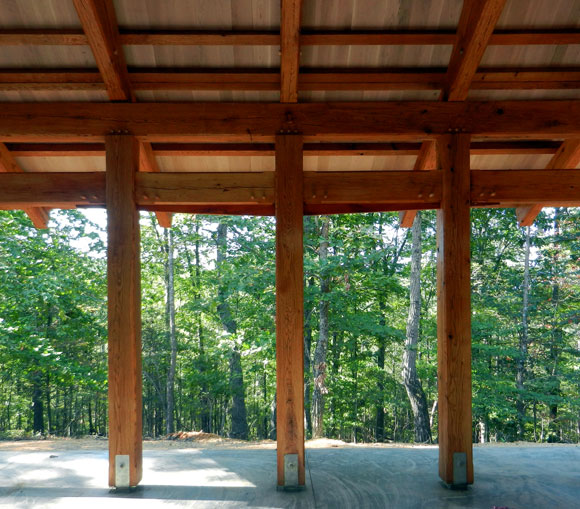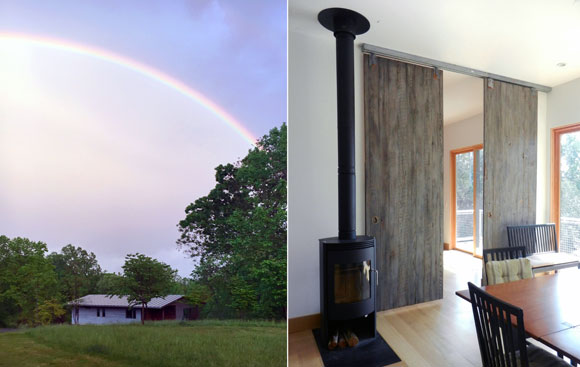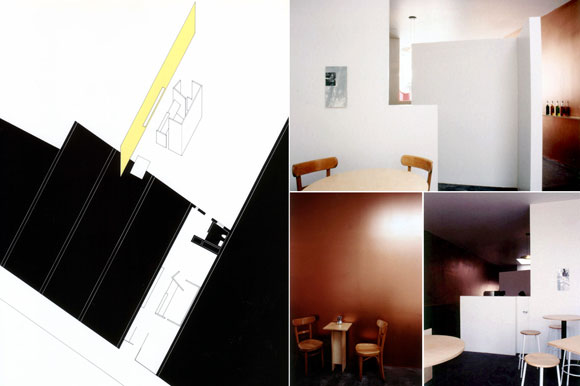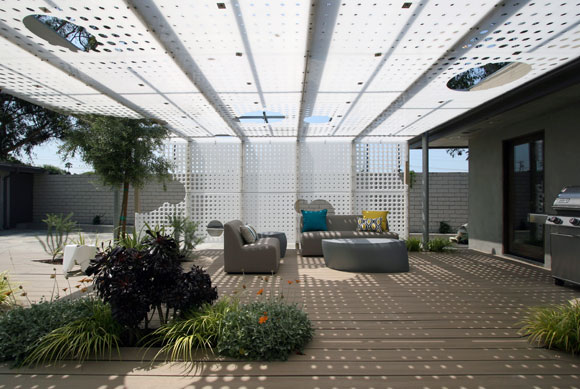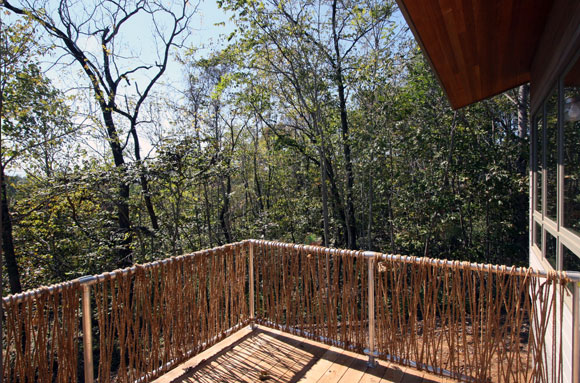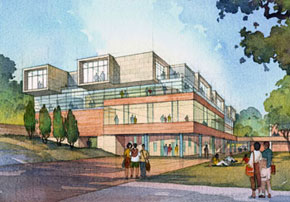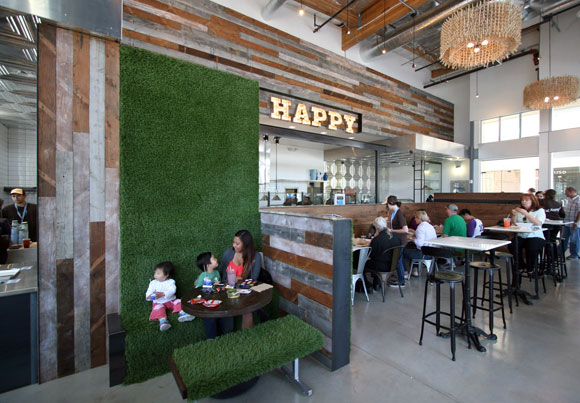#189: ARCHITECTURE AS STORYTELLING
Circle House, Three Lakes, Wisconsin, by Poon Design
I am a storyteller. Whether music, painting, writing, or architecture, the creative act is one of communication—the sharing of ideas. And not necessarily mine.
As an architect, I want to know your story, ambitions and dreams, successes, and yes, even your battle scars. I call all of this content. Architecture gives this content a physical expression, capturing a narrative in sticks and stones, steel and glass.

If I am designing your residence, the approach is more than just the number of bedrooms and bathrooms. I want to know the story of your family. How many kids? How many pets? Does the mother-in-law live with you? How are the holidays celebrated? Do certain family members sleep with the windows open?

If designing a corporate headquarters, the agenda is not just about usable square footage and meeting rooms. Instead, what is your mission statement? What are the business objectives? In-person, remote, or hybrid? What is the corporate culture? Private offices vs. Zoom rooms and hoteling areas?

If a school, let’s talk less about the number of classrooms and storage areas, and more about the educational methodology? How to teachers teach? How to students learn? How do they have lunch then play?

If a restaurant, go beyond the number of stools at the bar and seats in the dining room. Rather, what is the food concept? What is the service model? Who are the diners? Table cloths or not?

Architecture as storytelling is the manifestation of our ideas and themes—broad and specific, explicit and implicit, abstract and tactile. And all this should drive the design decisions from the Big Picture (e.g., shape of a building and overall character) to the details (e.g., cabinet wood species and bathroom tile patterns).

When learning a Mozart piano sonata, what is Mozart trying to say to us? What is his story? Is it just notes and chords, or is there a story behind the music? Maybe a love story, funeral march, or a dance festival? Consider also, Beethoven’s 1798 Rondo a Capriccio, also known as Rage Over a Lost Penny. Beethoven believed his maid stole a penny. Fueled by his frustration, Beethoven wrote this piano Rondo. And the notes captured his anger, sharing a story of fury and annoyance.

When I play this work, how should I add my story to Beethoven’s story? Should I play extra loud exploding with irritation, moderately to temper his temper, or humorously to suggest the absurdity of the circumstances with his accused maid?

Whether I am playing music, painting, writing, or designing, there is one overarching theme: the audience. All my works are created for an audience. Music’s audience might be just one person, a small group, or a concert hall audience. A painting might hang at a local art show or in a museum. A writing might an introspective journal entry or a published book soon to be a movie. And in architecture, the audience is many fold, from the client to the daily users, from the cleaning crew to the critics, from an accidental visitor to a design fanatic.
Find an audience. Tell a story.



